Do you want to understand how you can capture beautiful high key photography, consistently? Do you struggle to reproduce the high key effect?
You’ve come to the right place.
Because this article will give you everything you need to start taking stunning high key shots of your own.
By the time you’ve finished, you’ll know how to produce this stunning effect in many situations: outdoors on cloudy days, outdoors on sunny days, and indoors with flash.
High Key Photography Explained:
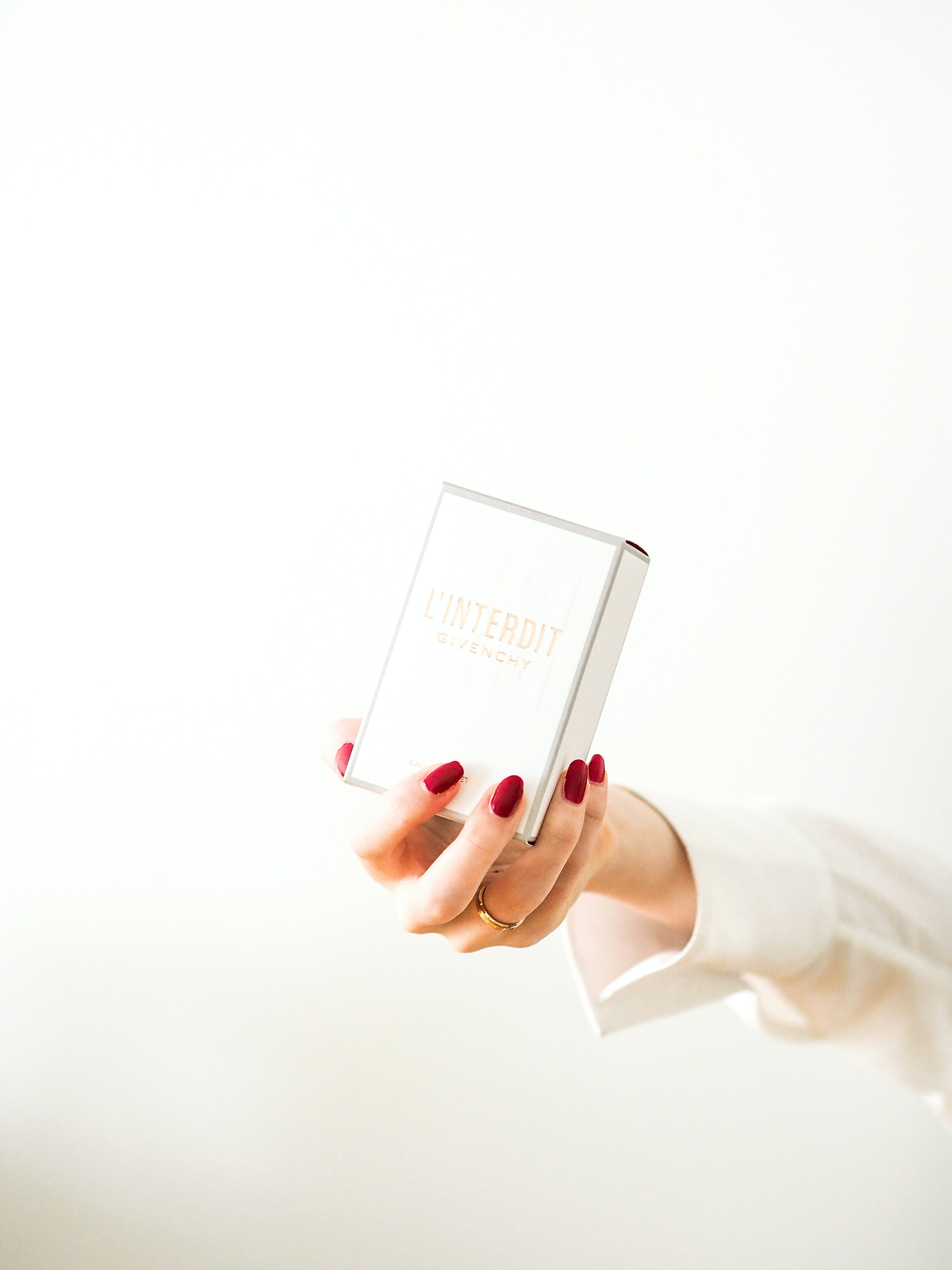
How Does High Key Photography Work?
A high key image has a pure white background, like this:

And it’s produced by using a background that’s far brighter than your subject—while still exposing for your subject.
That’s the basic secret of high key photography.
And it’s the reason you can’t produce high key images in every situation. Because not every situation has an ultra-bright background to work with.
Note that the opposite type of high key photography, called low key photography, involves a pitch-black background.
Like this:

And, unless you have complete control over the lighting, you cannot produce both a high key photo and a low key photo while shooting with the same conditions from the same angle.
If the background is far brighter than your subject, you can produce a high key photo.
And if the background is far darker than your subject, you can produce a low key photo.
That’s it.
That’s how it works.
Because high key photography isn’t so much about your camera settings as it is about the light.
Fortunately, while you don’t have complete control over the light, you can maneuver your subject into different lighting conditions—just by changing your camera angle.
That’s how you can get high key photos in plenty of situations.
Now that you understand the basic secret of high key photography, let’s take a look at three different lighting scenarios.
And I’ll show you how you can create high key photos in all of them.
Related Posts
Lighting Scenario #1: Outdoors on a Cloudy Day
If you’re shooting outside with no flash, and the sky is heavily overcast, then you can produce high key photos with ease.
Because a cloudy sky is many times brighter than your subject.
So, all you have to do is maneuver so that the subject is in front of that cloudy sky—and, voilà, your images will be the stunning high key type!
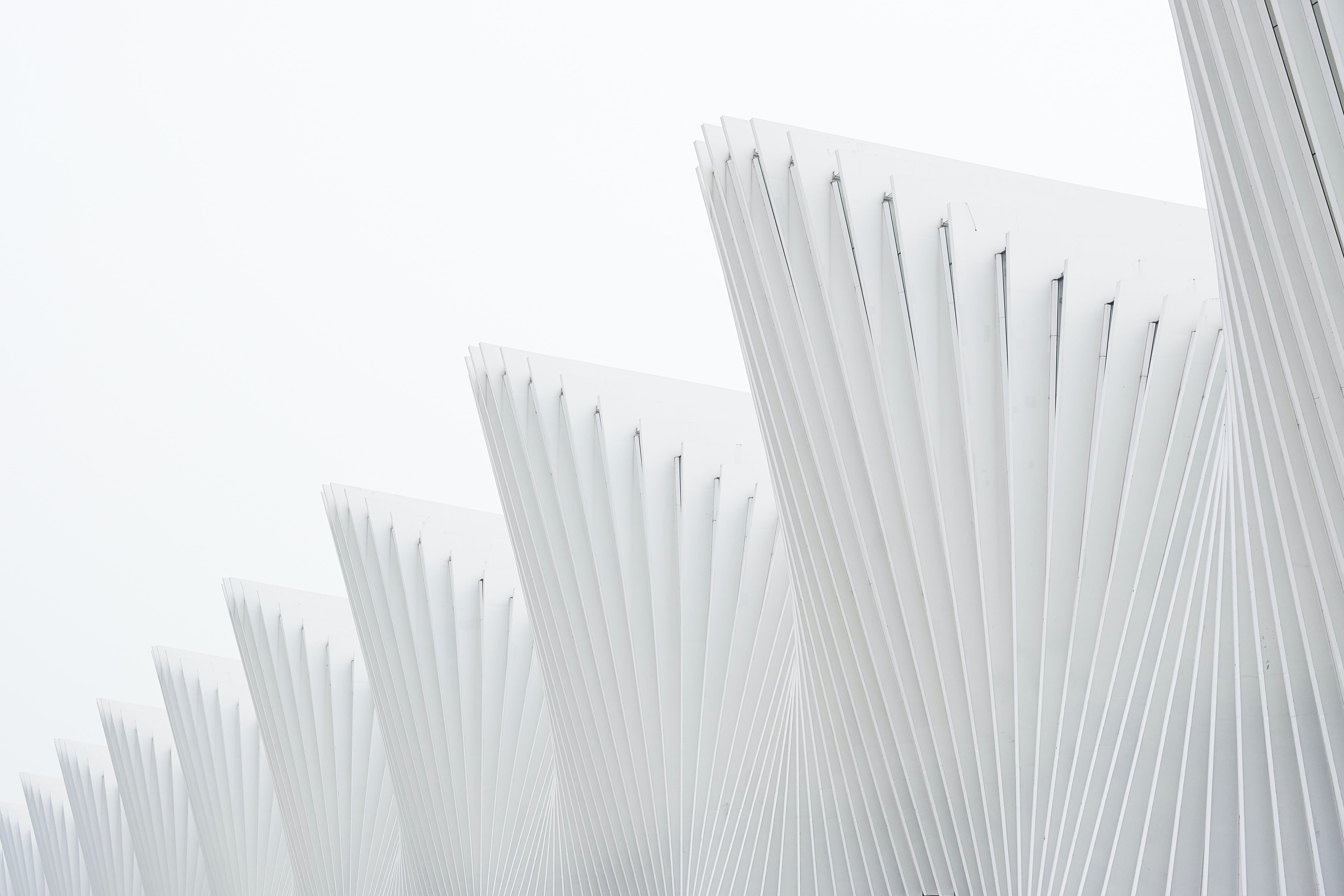
One way to do this is to shoot in an area with an uncluttered horizon. For instance, if you’re shooting portraits, you could take your subject to hills, or even farm fields. The point is to avoid trees that block the skyline.
Because the trees in the background will ruin the high key effect completely. They’re about as bright as your subject, so the trees will keep you from getting that pure-white background that you’re after.
If you can’t find an uncluttered horizon, I recommend you change your angle until the background appears as uncluttered as possible.
Then get down low until the subject is entirely framed by the sky.
If you then set your exposure based on your main subject, the background should be blown out completely, giving you a perfect high key shot.
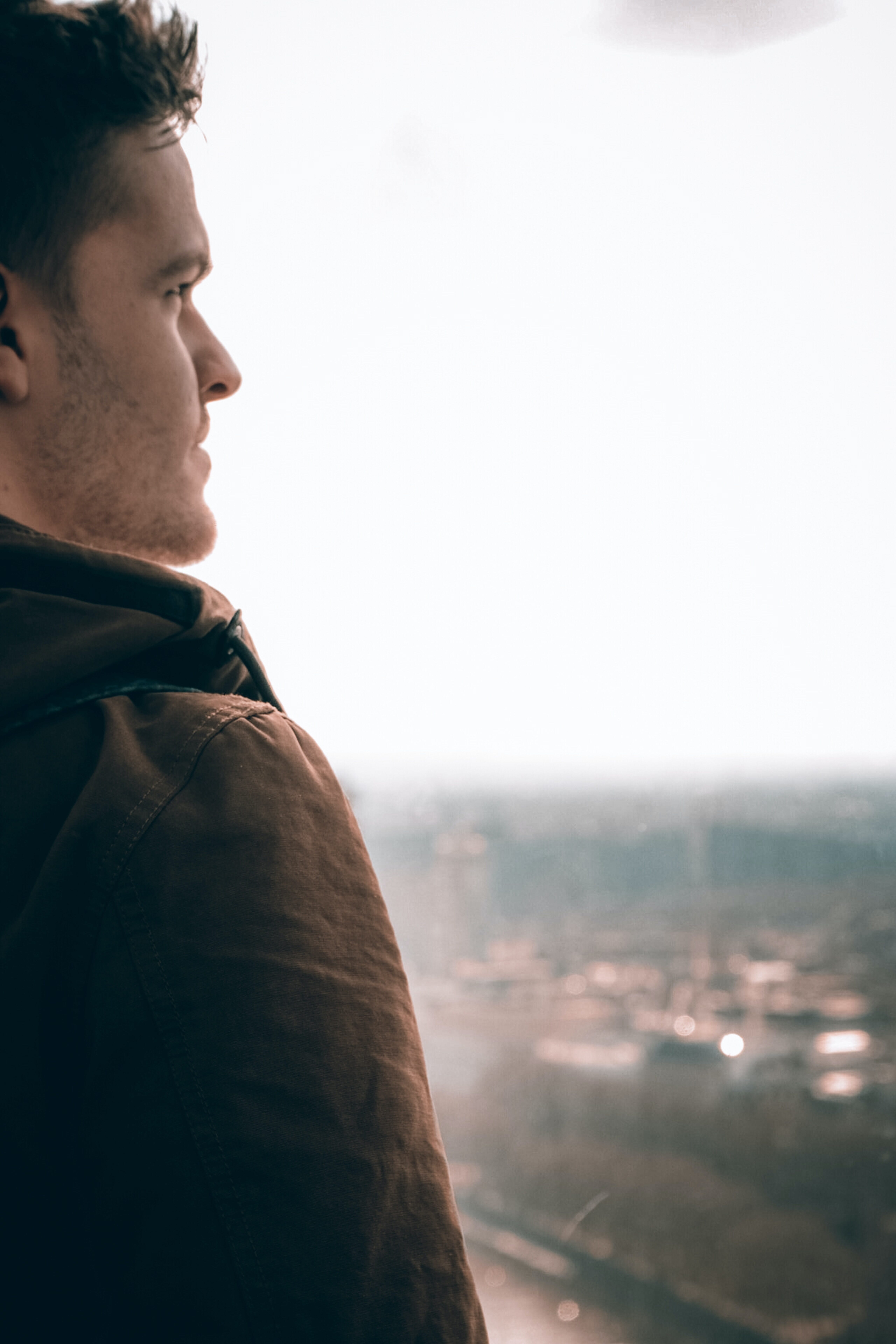
How do you set your exposure based on your main subject?
If your subject fills much of the frame, you can use either spot metering mode or center-weighted metering mode, and your camera will meter off your subject automatically.
(You can access these metering modes via your camera’s menu.)
If your subject is small in the frame, then you can work in spot metering mode—just make sure the center autofocus point sits over your subject.
Take a shot, then check the exposure on your LCD.
If you’ve achieved a high key look, then congratulations! You can dial in the settings you used via Manual mode and keep shooting.
If you’ve failed to achieve a high key look, then you need to increase the exposure a touch. I recommend dropping the shutter speed by a few increments, take another photo, and reevaluate. If things still aren’t up to your standards, then drop the shutter speed some more.
Eventually, you’ll achieve the perfect high key shot. No doubt about it.
Also note that if you don’t get an absolutely pure-white background, there’s no need to panic.
As long as it’s close to white, you can finish off the job in post-processing.
Lighting Scenario #2: Outdoors on a Sunny Day
Shooting high key photos on a sunny day is very similar to shooting high key photos on a cloudy day.
Your first step:
Find an area with an uncluttered background, one that reveals the sky.
Then change your angle until the sun is behind your subject (or close to it).
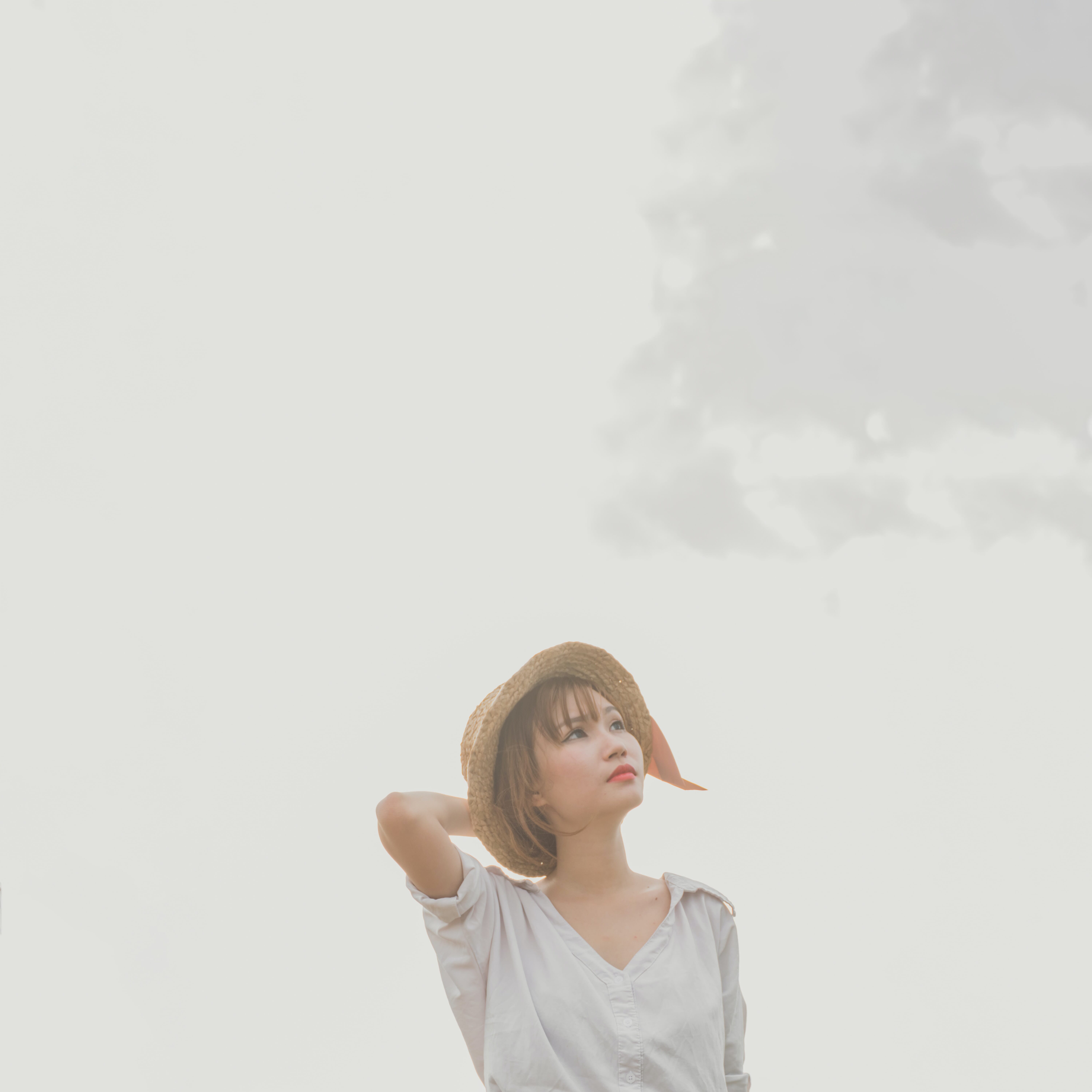
In other words, find some heavy backlighting.
Why?
Because backlighting will keep the area behind your subject nice and bright.
Note that the degree to which you can avoid direct backlighting depends on the brightness of the sky and the brightness of your subject. If you’re working with a very dark subject or a very bright sky, you may not need true backlighting.
But just to be safe, I recommend going with direct backlighting, at least at first.
Also:
Make sure you avoid putting the sun in the frame.
This is easy to do when working with true backlighting, but it’s best avoided. While high key photography thrives on bright backgrounds, having the sun beside your subject is just a bit too much for your camera to handle—it’ll cause flare, plus it’ll probably just blow out the whole shot.
Instead, make sure the sun is either behind your subject or slightly off to the side.
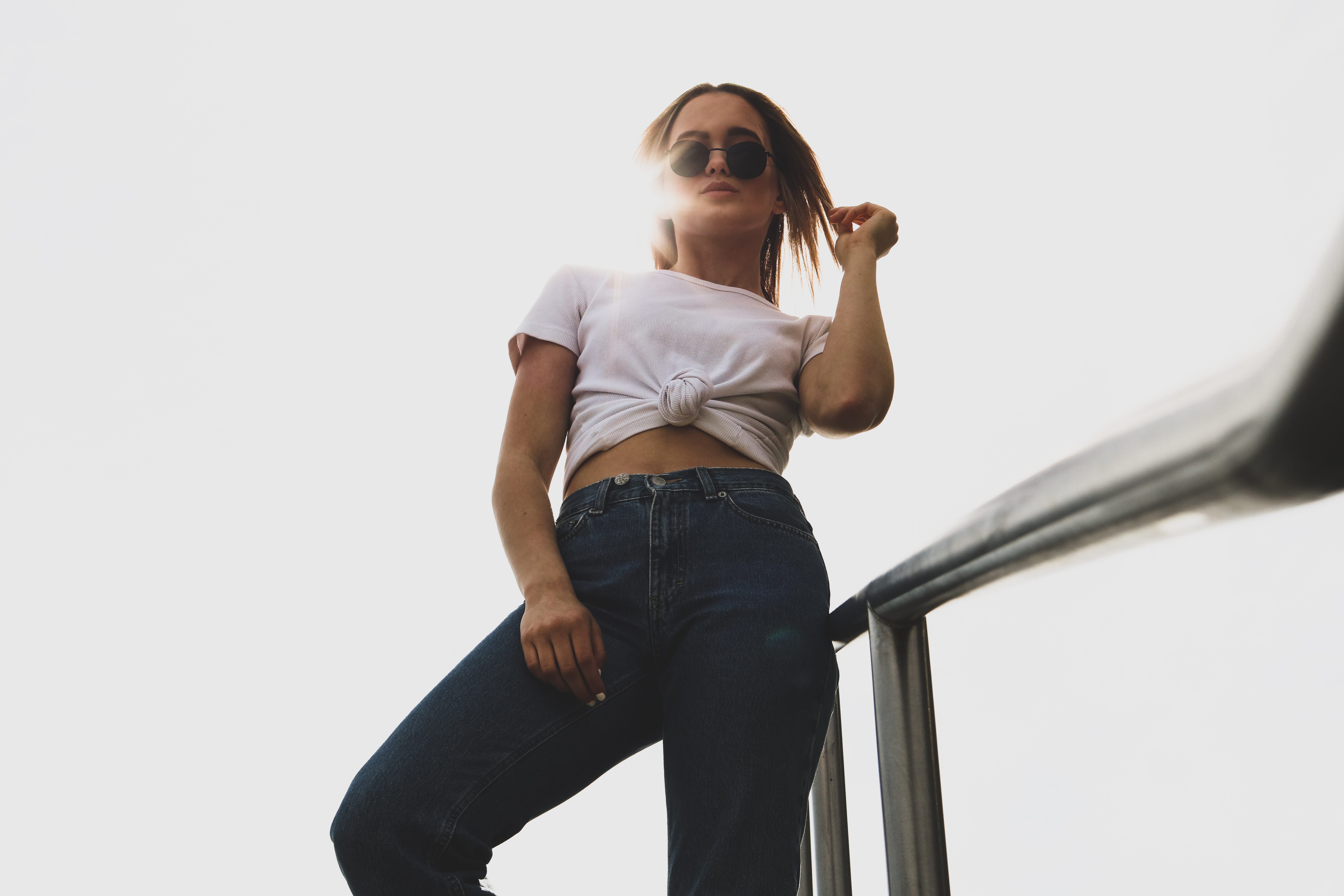
Make sense?
Also remember:
If you’re struggling to get an uncluttered background, you can force the sky into your background by changing your camera angle and getting down low.
(If you have control over your subject, such as in product photography, you can also raise it up on a pedestal of some sort.)
Once you’ve finished setting up the shot, meter off your main subject with your center-weighted or spot metering mode.
Then take a test shot. Look at it. Decrease or increase the shutter speed if you need to.
And capture some stunning high key photos.
Lighting Scenario #3: Indoors With Flash
If you’ve never tried shooting high key photos with flash, then you’re in for a treat.
Because it’s a lot of fun—and the high key effect is effortless to pull off with the right flash positioning.

Start by setting up your camera exposure. I usually dial in an aperture of f/8 and an ISO of 100.
Choose your shutter speed based on your camera’s flash sync speed.
(This is usually around 1/160s or 1/200s.)
Then take a test shot without any flash. You should end up with a completely black shot, which is perfect.
The next step is to position your external lighting.
While it’s possible to pull off a high key look with just one flash, I recommend using two—because you’ll have a much easier time achieving the shot you want.
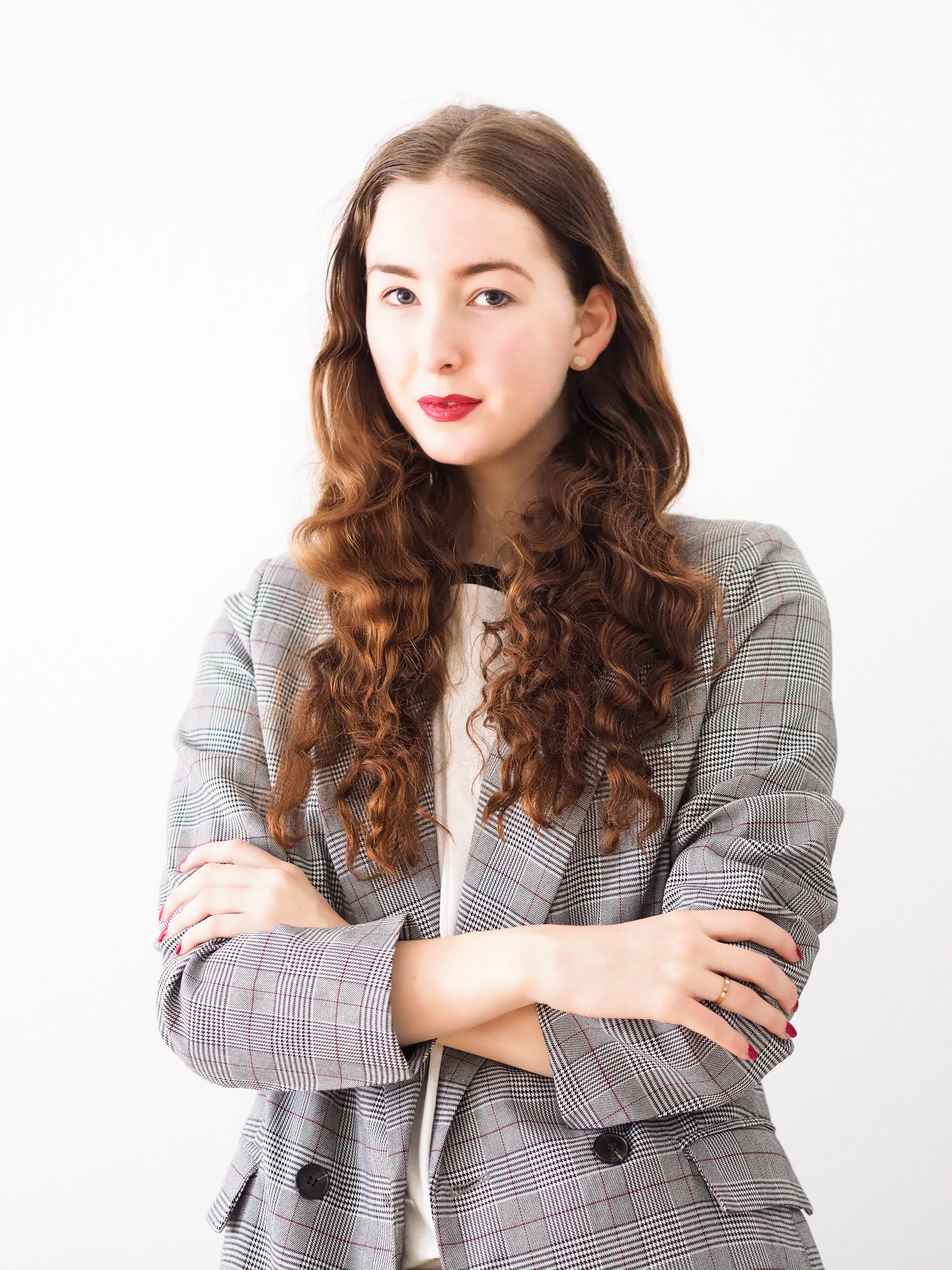
Now, there are two flash setups that I like to use for high key photos. I’ll go over each one in turn.
High Key Flash Setup #1
The first lighting setup requires some sort of large flash modifier. A modifier that fills the background of the shot completely.
I’m talking about a large diffuser or a large softbox, like this:

You want to place one flash with its modifier directly behind your subject to create backlight. Set the power to around 1/8 (you can change it later based on your test shots).
Then place the other flash somewhere in front of your subject, depending on how you’d like the subject itself to be illuminated. Positioning the flash at a 45-degree angle is a good starting point. Go ahead and set it to 1/16 power.
I’d also recommend putting an umbrella on it, or at least a large softbox. These will soften the flash and create a much more pleasing look overall.
Finally, take a test shot.
If you’ve achieved the high key look you’re after, then start shooting in earnest.
(If you’re happy with the look, I recommend writing down your flash settings and making note of your flash positions so you can reproduce the same look in the future with other subjects.)
If the background is pure white, but your subject is too dark, then you can increase the power on the second flash.
If the background is too dark, but your subject is looking good, you can increase the power on the background flash.
And if both the background and subject are too dark, increase the power on both flashes.
Also note that this can be something of an iterative process. Depending on your setup, light can wrap around your subject and reflect off different surfaces—so brightening the background can force you to drop the power on the foreground flash, and vice versa.
In other words:
Be patient. Evaluate your test shots carefully.
You’ll get the look you want in the end, I guarantee it.
High Key Flash Setup #2
This setup is ideal for those who don’t have large flash modifiers to fill the background.
Set up the foreground flash just as I’ve described above: with an umbrella or a softbox, at a 45-degree angle from the subject, at 1/16 power.
But instead of putting the other flash just behind your subject…
…place a piece of white board in the background.
You’ll need something big enough to cover the entire background. Fortunately, poster boards are pretty cheap. And if your house has white walls, you can certainly use those!
Then position your background flash at a 45-degree angle from the white background. And ensure that it’s pointed directly at it.
Depending on the background you’ve chosen, you may want to use a flash diffuser.
(Or you can test the naked flash and see what happens!)
Finally, set the background flash to 1/8 power and take a test shot.
If you like it, then keep going.
And if you don’t, as I explained above, make small changes. Increase the power of the foreground flash if your subject isn’t bright enough, or the background flash if the background isn’t bright enough.
Eventually, you’ll get the perfect high key photo.
High Key Photography: Conclusion
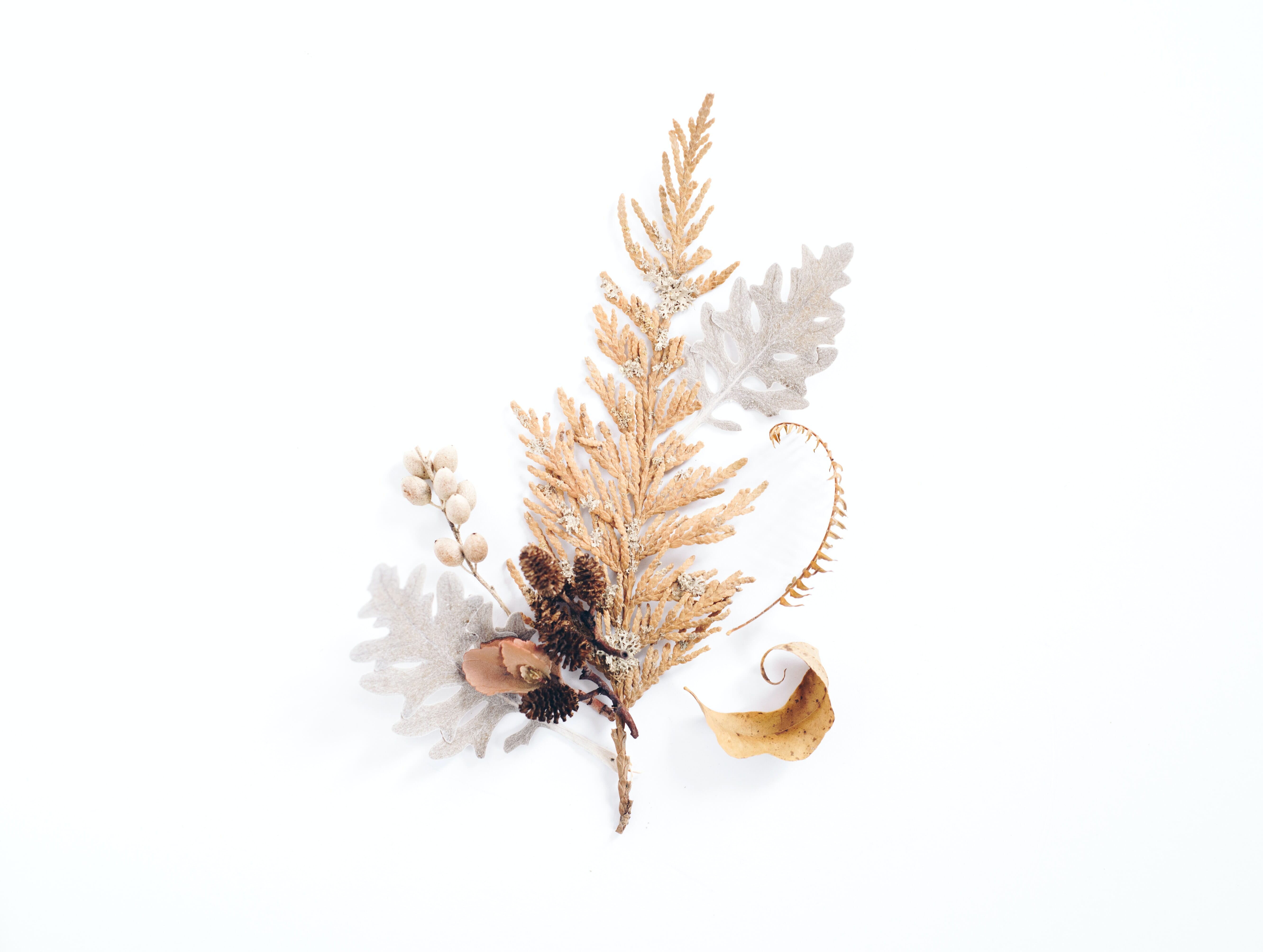
Now that you’ve finished this article, you know three easy ways to create high key photos.
Just remember:
If you don’t get the look you want at first, keep at it. Creating high key shots may take some experimentation.
But if you follow the instructions I’ve given, you should soon be able to produce a high key look with consistency!
What is high key in photography?
The high key effect refers to a pure white background plus a (generally) detailed subject. While you’ll often find a high key look in portrait photography, it can be used in many genres—from wildlife photography to commercial photography to landscape photography and more.
What’s the difference between high key and low key photography?
High key photography includes a white background, whereas low key photography includes a black background. High key photography is bright and airy, whereas low key photography tends to be dark and dramatic.
How do I create high key photos?
There are several methods of creating high key photos. For instance, you can shoot outside on a cloudy day, and position your subject in front of the white sky. By exposing for your subject, you’ll get a beautiful high key effect! You might also consider shooting into the sun (on a clear day). And if you like to use flash, you can always direct your flash at the background (such as some white poster board or cardboard) to brighten it up and make it pure white!
Do I need a flash for high key images?
No, definitely not! A flash is very helpful for high key photography, and will prevent you from relying on the whims of the sky. However, if you shoot when it’s very cloudy or completely clear, you can capture beautiful high key photos, no flash necessary!
What is the effect of high key lighting?
High key lighting gives your images a bright and airy feel. They tend to have a nice fine art look that many photographers gravitate toward. For this reason, many portraits are taken using a high key lighting setup (as are many wedding photos and commercial photos).
